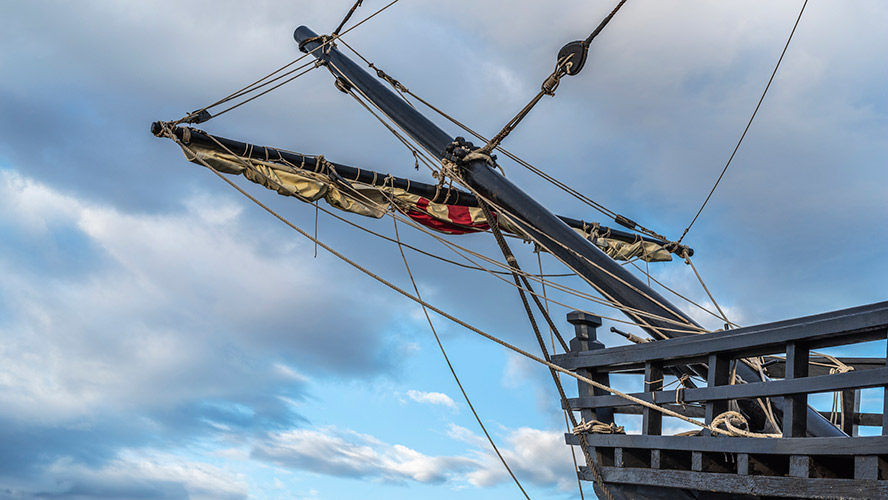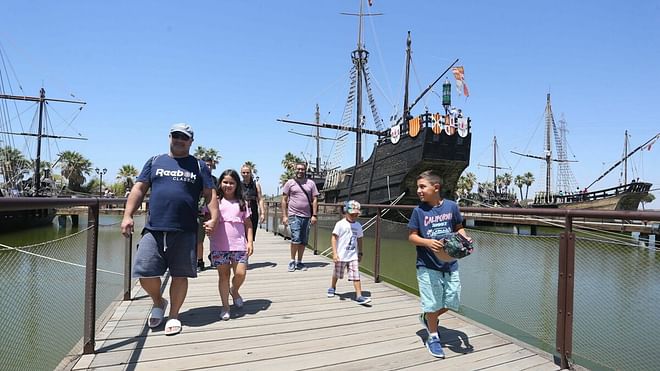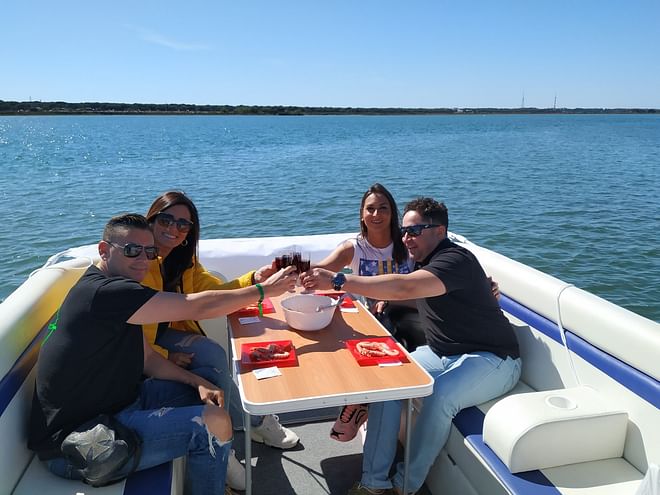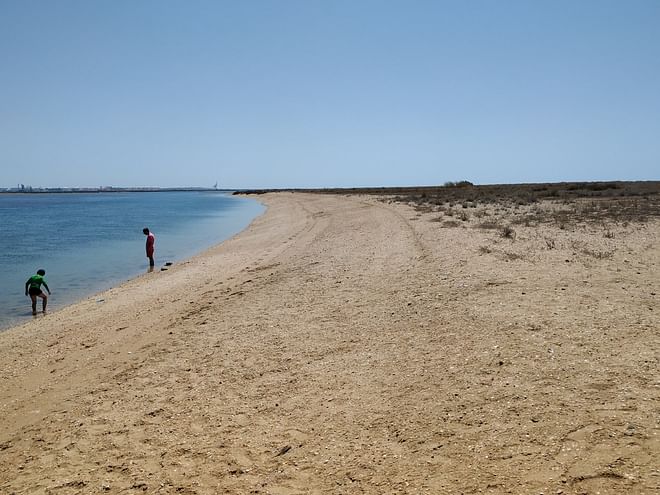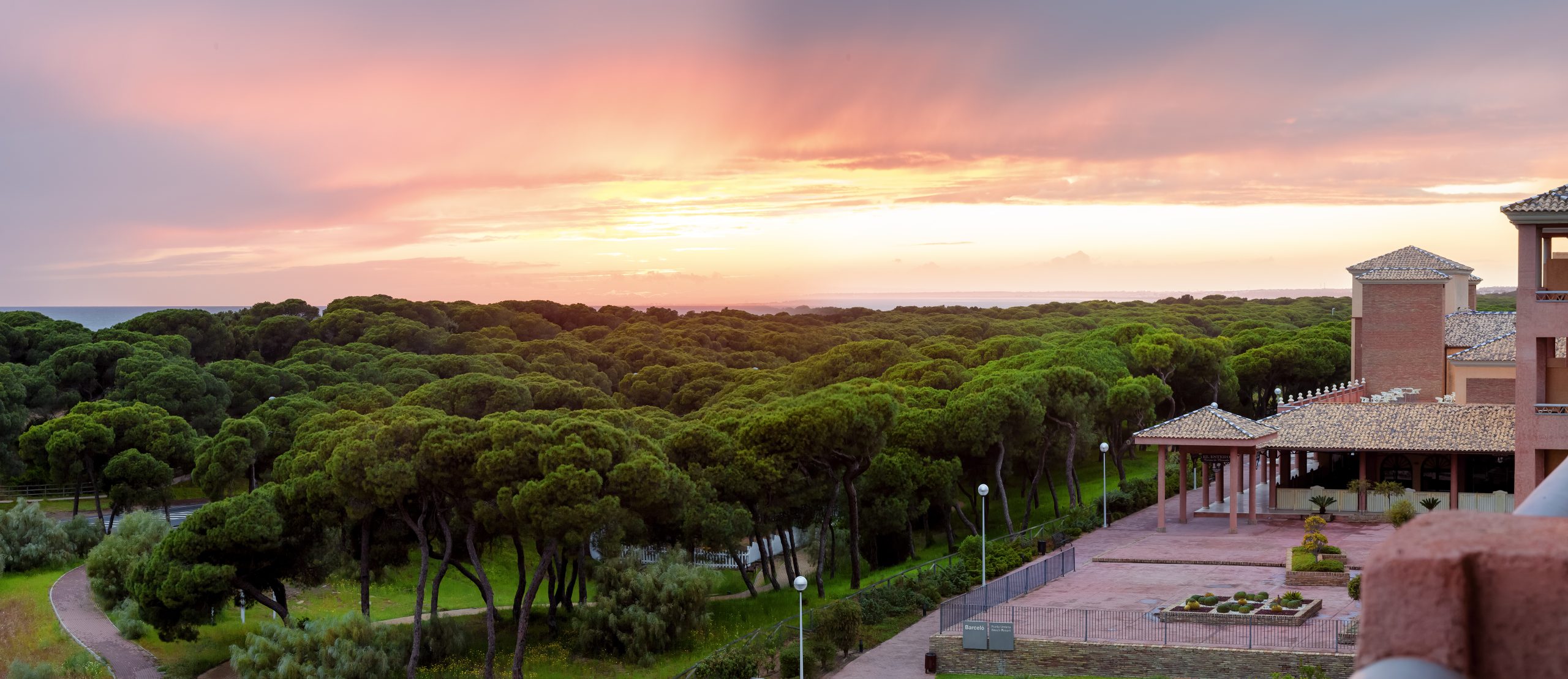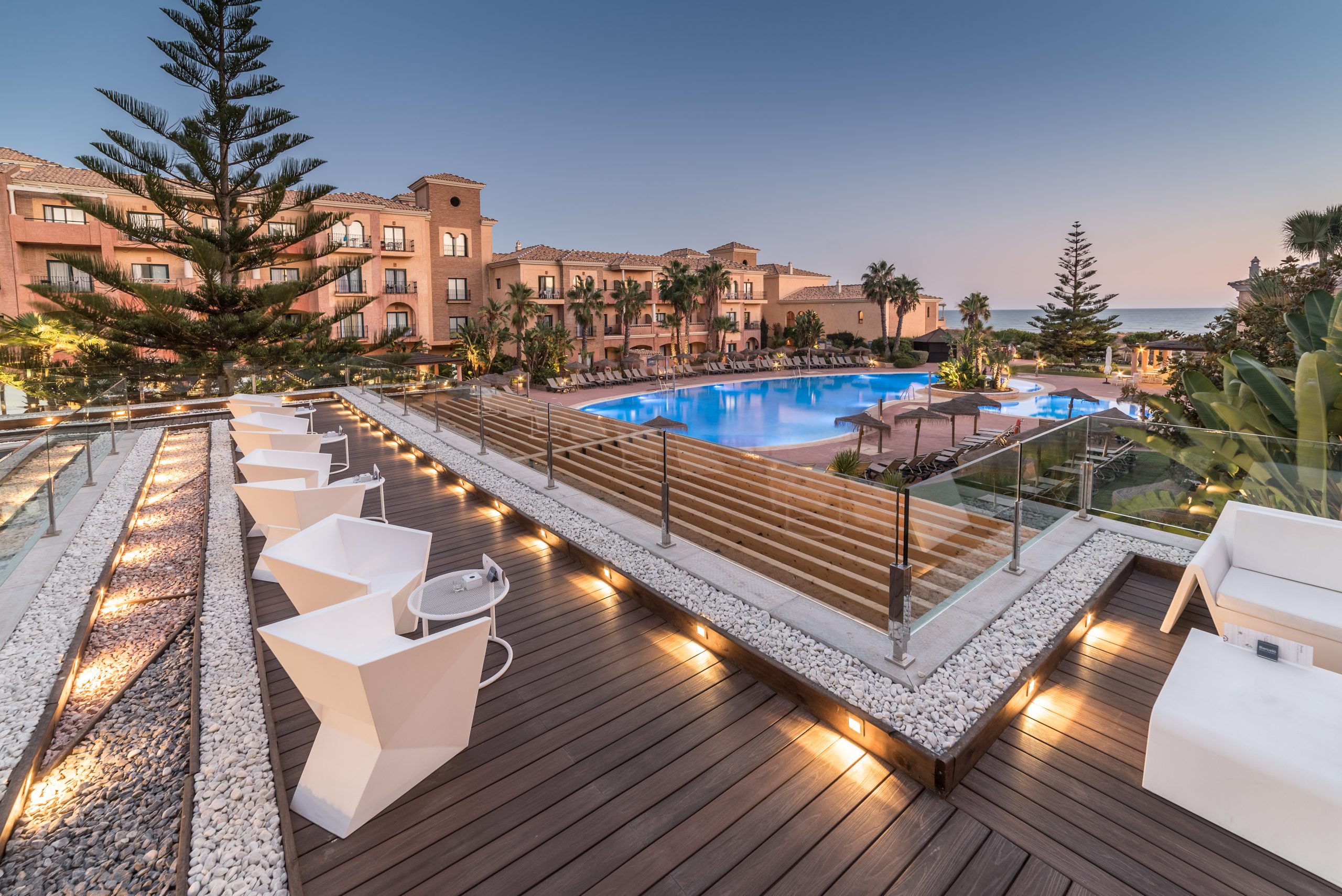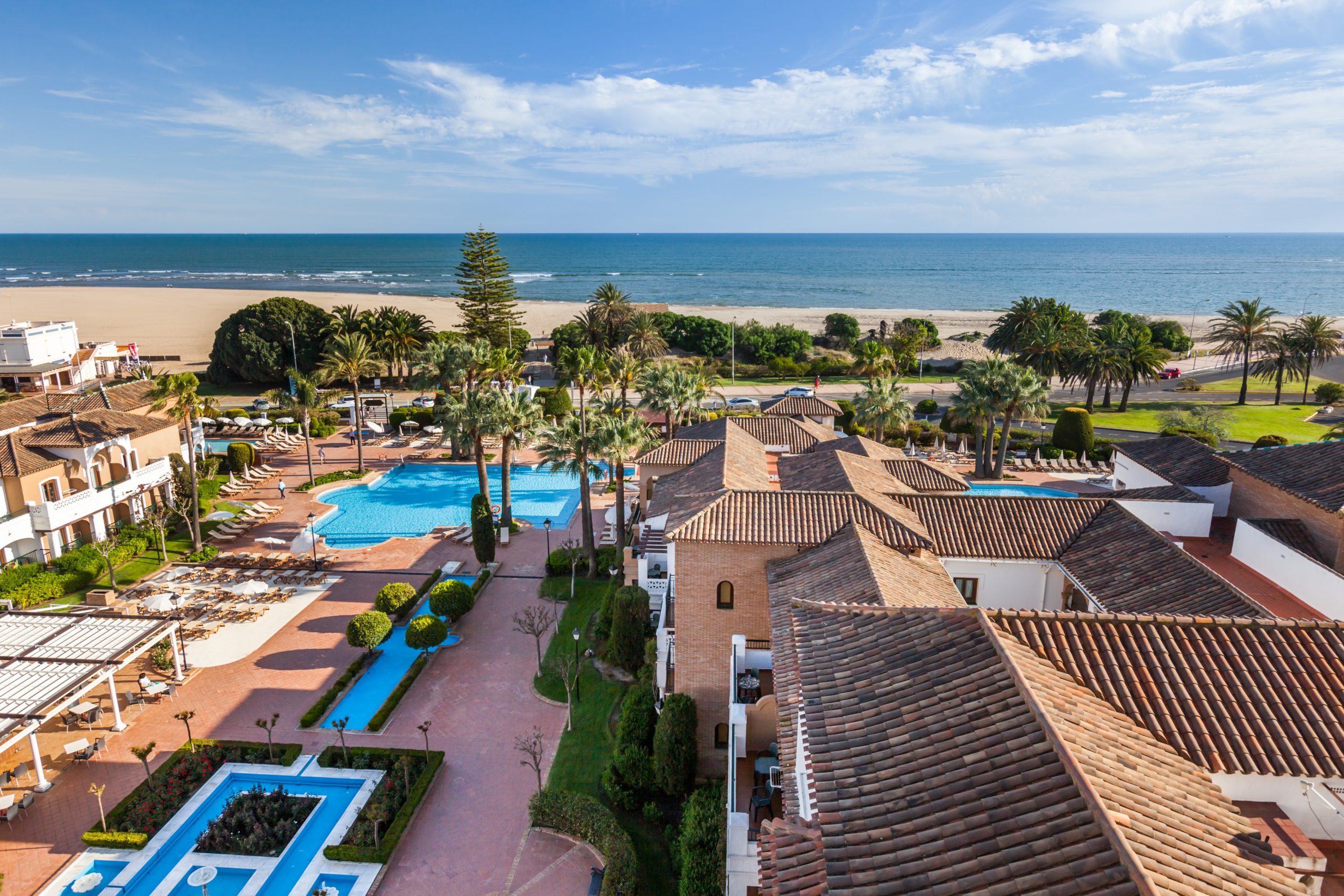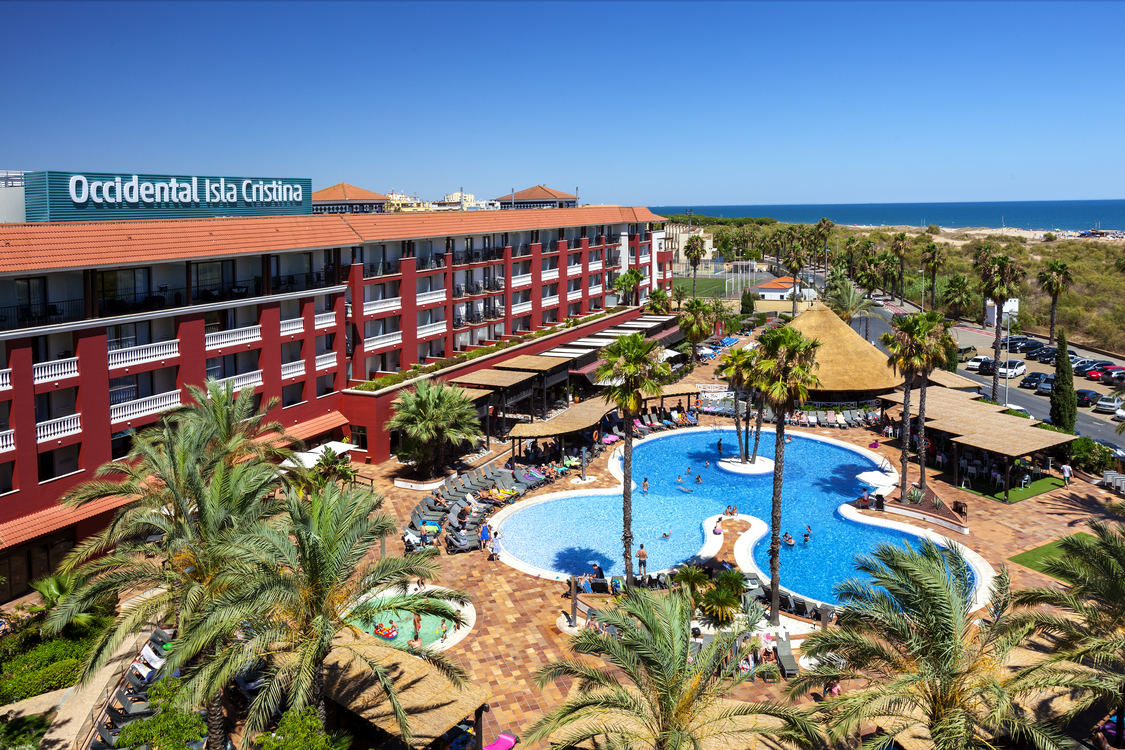The Muelle de las Carabelas, or Wharf of the Caravels, has life size replicas of the three ships that sailed to the Americas with Christopher Columbus. This floating museum is in Palos de la Frontera, the place where Columbus set sail with his fleet in August 1492.It was built to exhibit the three replica ships constructed for the Seville Expo ’92, which celebrated the 500th anniversary of the first voyage of discovery to America. Opened in 1994, the wharf is a fantastic place for learning more about Columbus’ historical crossing to the New World.
Related experiences
About the Wharf of the Caravels
The Wharf of the Caravels is on the banks of the Río Tinto in the outskirts of Palos de la Frontera. Moored to the custom-built wharf are replicas of the Pinta, the Niña and the Santa María.
You can visit the three ships in their entirety, and children of all ages (big kids too) will love exploring inside the vessels that crossed the Atlantic in search of the Indies, from the bridges down to the cabins and wine cellars.
The journey into the past continues around the wharf with depictions of a Medieval port district and of the indigenous people of Guanahani (San Salvador Island) – the first island visited by Columbus during the voyage.
An Interpretation Centre recreates the society of the time and exhibits documents and sailing instruments from the period, including charts and correspondence between Columbus and the Catholic Monarchs. You can also watch a film that takes you through the main milestones of the voyage.
Port of Palos de la Frontera
The Wharf of the Caravels is on the banks of the Río Tinto, though this is not the site of the ancient Port of Palos where Columbus and his ships set sail in 1492.The original sheltered stretch of water gradually retreated until it disappeared completely, and what was once a port is now dry land. The location of the Medieval port was unknown until what remained was discovered in 2014 near Palos’ old town. Archaeological excavations have unearthed everything from ovens to a fish auction site,but sadly there are no remains (none that have been discovered anyway) of the shipyard where la Niña was built. It’s likely that the wooden construction hasn’t survived the passage of time.
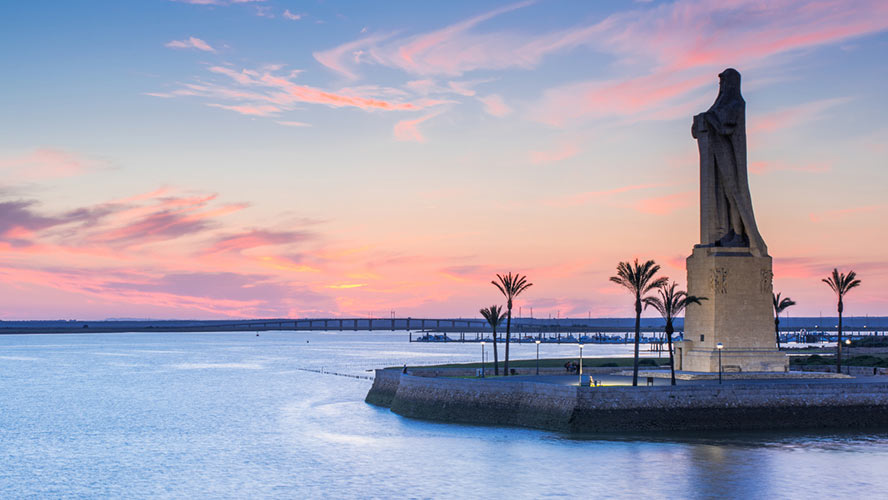
History of Columbus’ caravels
Christopher Columbus set sail with three ships: the Santa María, the Niña and the Pinta.
The Santa María was the largest of the three and we don’t know for sure if it was a caravel or a carrack. Historians reckon it was 20 metres long by 7 metres broad, and it carried a crew of 25. La
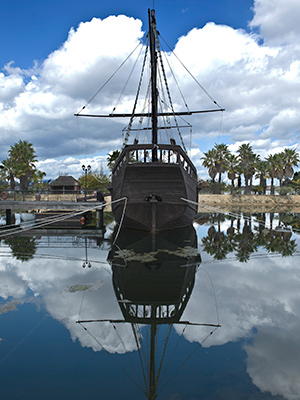
Santa María was shipwrecked at Santo Domingo shortly after arriving and the wreckage was used to build Fort Navidad, the first Spanish settlement in America.
Little is known about where the Santa María was built,though different studies suggest the shipyards at Santander and Pontevedra as possible candidates. The ship was owned by Juan de la Cosa, a Cantabrian sailor who took part in several voyages to America.
The Niña was a caravel built in the Moguer shipyard, very near the Wharf of the Caravels, at what is now considered one of several lugarescolombinos or ‘Columbian places’ which were particularly important to Columbus’ first voyage. It was built between 1488 and 1490 under the ownership of Juan Niño, who also lent the ship his name. She had a crew of 20 and was captained by Vicente YáñezPinzón.
The origins of the other caravel, the Pinta, are also unsure, though she is generally believed to have been built in Palos. This ship was 22 meters long by 6 broad and was crewed by 25 people with Martín Alonso Pinzón (brother of Vicente) at the helm.
The Niña was the first ship to bring back news of the discovery of America when she sailed into Baiona (Pontevedra) in February 1493.
There are more lugares colombinos in the province of Huelva – consider a visit to Palos de la Frontera, Monasterio de la Rábida or the annual Fiestas Colombinas.




































































